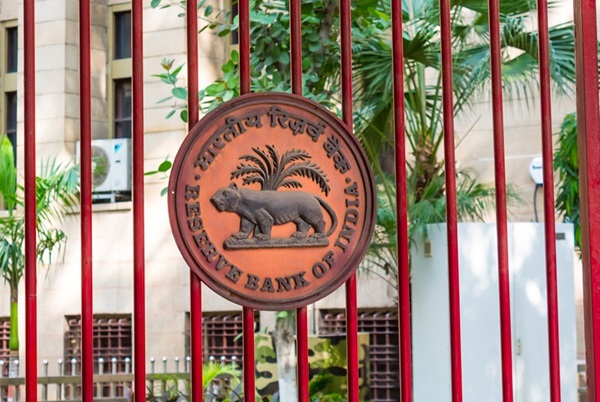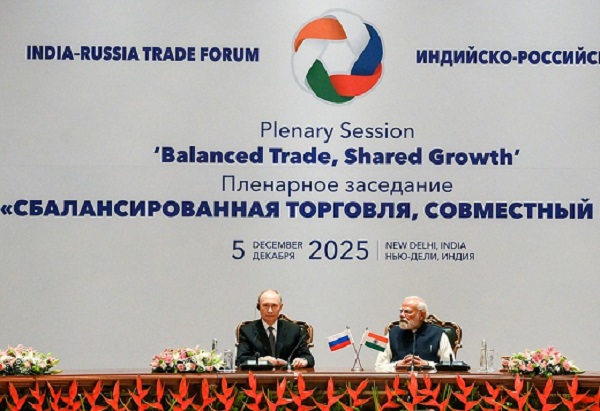.png)

Groupthink is the House View of BasisPoint’s in-house columnists.
July 8, 2025 at 10:40 AM IST
Why disrupt a perfectly good political tradition? The government has once again chosen to keep small savings rates exactly where they are for July to September. Savers can rest easy knowing their returns are safe, while the Reserve Bank of India is left to wonder how rate cuts are supposed to work in this environment.
Cutting these rates might invite unwelcome headlines about hurting the middle class.
Much better to maintain the illusion that generous interest can continue forever, regardless of what the policy rate does. Between February and June, the RBI thoughtfully cut its repo rate by 100 basis points to 5.50% in hopes of making credit cheaper and boosting the economy. The government’s response was simple silence and frozen rates for the sixth consecutive quarter.
Technically, these rates are supposed to follow a formula based on government bond yields, plus a modest spread of up to 100 basis points. In practice, the formula seems to function more as friendly advice than as a binding rule.
For the April to June quarter, small savings rates already exceeded their formula-derived levels by 16 to 66 basis points. With bond yields falling another 33 to 56 basis points during March to May, which is the reference period for July to September rates, the gap has only become more acute.
A simple calculation shows that five-year post-office term deposits and National Savings Certificates in July to September will pay 115 to 130 basis points more than the formula suggests. At 7.50% and 7.70%, respectively, these rates are not merely competitive but almost irresistible. Especially when compared to the State Bank of India’s five-year deposit rates, which trail by up to 165 basis points.
This is excellent news for savers looking for safe, government-backed returns. It is rather less delightful for banks, which face the delicate task of trying to cut deposit rates without seeing funds vanish. High administered rates effectively set a floor beneath which banks cannot safely reduce their own rates without risking outflows.
Naturally, this weakens credit transmission. While the RBI’s policy rate cuts and surplus liquidity have succeeded in pushing down short-term market rates, lending rates have proved far less obliging. Between February and May, the weighted average lending rate on fresh rupee loans fell by only 12 basis points, despite a 50-basis-point policy cut.
Deposit rates, which had broadly tracked policy cuts up to May, now face a stubborn obstacle. Can they really keep falling if small savings rates refuse to budge? Banks can lower lending rates only if they also reduce deposit rates or choose to absorb the cost themselves by squeezing net interest margins.
Meanwhile, this voter-friendly generosity is not exactly free. Borrowing from the National Small Savings Fund cost the government 7.70% in 2024 to 2025, about 74 basis points more than its average market borrowing cost. It is a curious fiscal choice to pay extra simply to avoid rate cuts that might annoy voters.
Beyond the immediate cost, the larger problem is what these administered rates signal about India’s commitment to a market-based interest rate system. These schemes were meant to reflect market yields while providing a reasonable spread. Instead, they have become an enduring exercise in political optics.
If the government is truly serious about modernising India’s financial system and supporting effective monetary policy, it has a clear choice to make. It can begin following its own formula with some consistency. Or it can admit these schemes are no longer about signalling market pricing and exist mainly as a convenient political tool. For now, the choice seems obvious, and it is not the one that helps the RBI.




